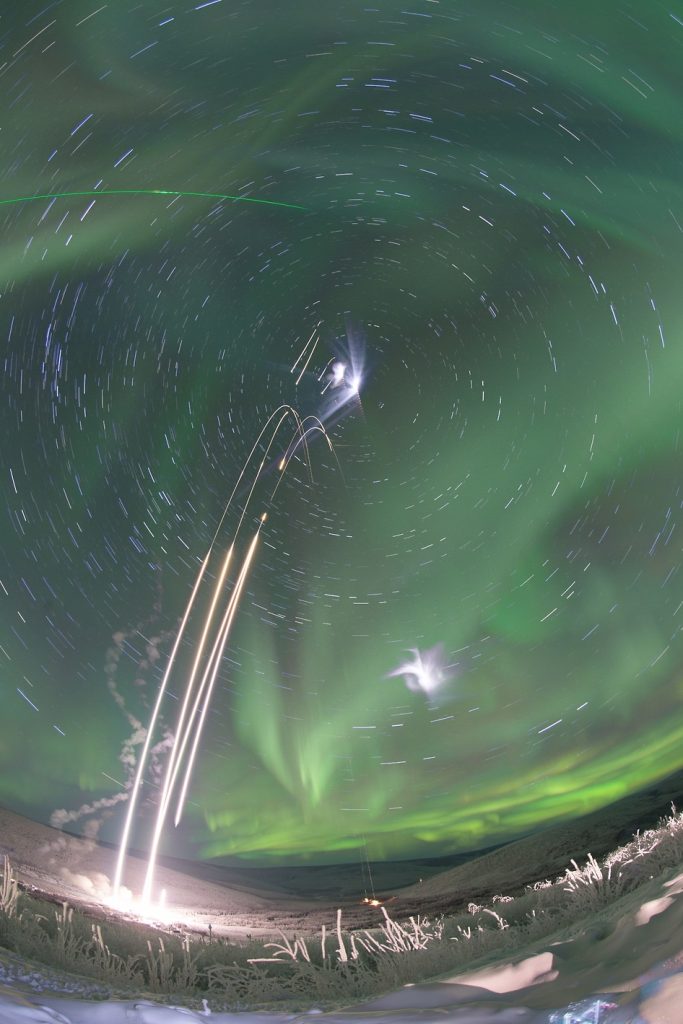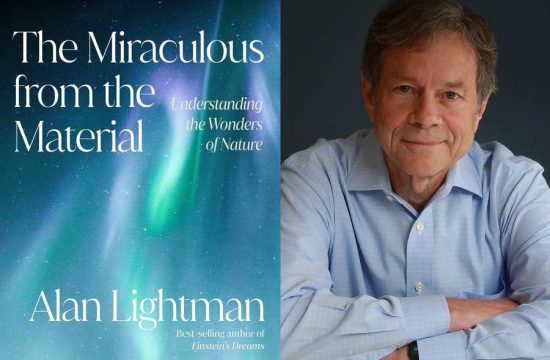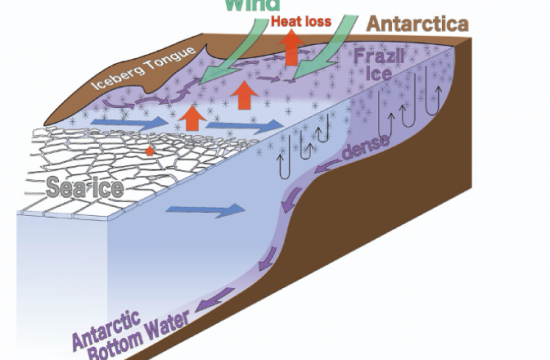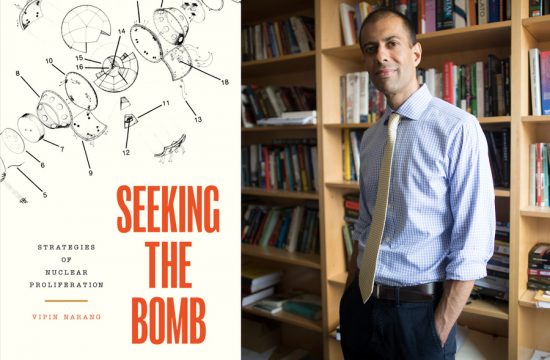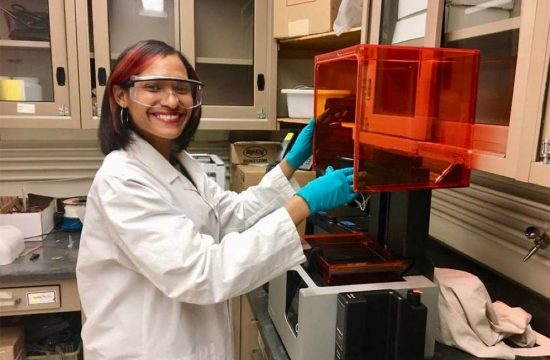The interaction of solar winds and Earth’s atmosphere produces northern lights, or auroras, that dance across the night sky and mesmerize the casual observer. However, to scientists this interaction is more than a light display. It produces many questions about the role it plays in Earth’s meteorological processes and the impact on the planet’s atmosphere.
To help answer some of these questions, NASA suborbital sounding rockets carrying university-developed experiments — the Mesosphere-Lower Thermosphere Turbulence Experiment (M-TeX) and Mesospheric Inversion-layer Stratified Turbulence (MIST) — were launched into auroras from the Poker Flat Research Range in Alaska. The experiments explore the Earth’s atmosphere’s response to auroral, radiation belt and solar energetic particles and associated effects on nitric oxide and ozone.
This composite shot of all four sounding rockets for the M-TeX and MIST experiments is made up of 30 second exposures. The rocket salvo began at 4:13 a.m. EST, Jan. 26, 2015. A fifth rocket carrying the Auroral Spatial Structures Probe remains ready on the launch pad. The launch window for this experiment runs through Jan. 27.


